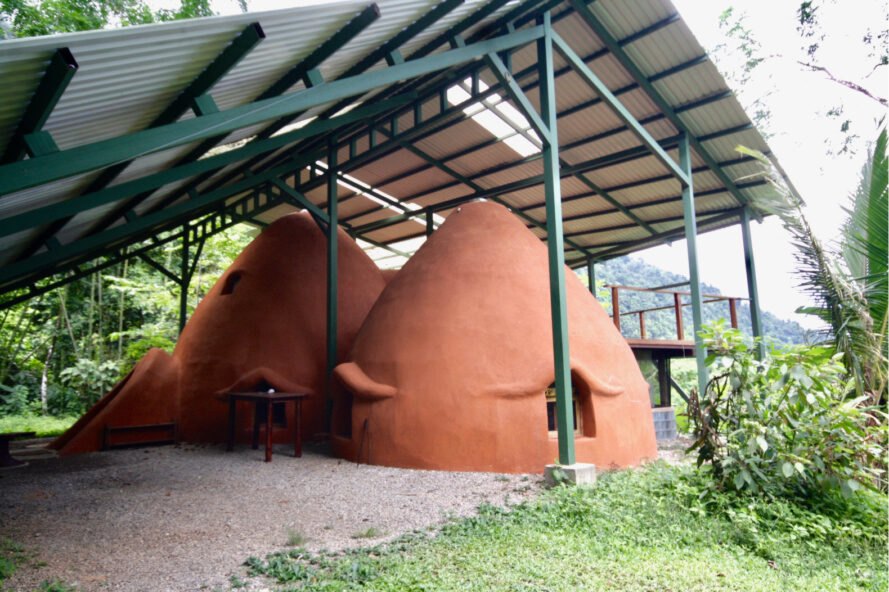1. The Foundations of Costa Rican Adobe Architecture
In Costa Rica, the adobe house is not just a structure; it’s a historical treasure trove. Although not commonly linked with urban life today, these mudbrick homes were once the backbone of Costa Rican architecture.
2. A Glimpse into the Past: John Hale’s Observations
John Hale, a British traveler who signed a colonization contract with Costa Rica in 1825, left behind detailed accounts of his travels, including vivid descriptions of San José’s beauty and its adobe houses. He noted their unique construction – walls made from adobe or bricks of clay mixed with grass or sugarcane bagasse, dried in the sun, and lasting up to 80 years.
3. Adobe: A Legacy of Mudbrick Mastery
Adobe, an Arabic term for uncooked brick, is central to one of the world’s oldest building techniques. While pre-Hispanic America knew of this technique, it was the Spanish influence that shaped the adobe architecture in Costa Rica, creating a unique blend of styles.
4. The Quintessential Adobe Home
In 1825, San José, with a population of 15,472, had about 700 homes in its urban core, mostly adobe structures. The materials for these homes, such as clay for bricks and wood for frames and doors, were locally sourced, reflecting the city’s connection with its natural surroundings.
5. Adobe Homes: A Social Marker
Adobe homes in Costa Rica were a marker of social status. The wealthier citizens’ homes featured floors made from square bricks, while the less affluent had floors of compressed earth. These homes also included essentials like a back yard, a storeroom, an outhouse, and a well.
6. The Demise of the Adobe Era
By the 20th century, urban modernization and new construction techniques began replacing adobe architecture. The 1910 earthquake in Cartago led to a ban on adobe construction in major cities of the Central Valley. By the 1920s, many of San José’s adobe houses had disappeared, and artists had to venture to rural areas to find surviving examples.
7. Adobe Houses: A Forgotten Urban Icon
The decline of adobe houses in urban areas has led to a disconnection with this architectural style, which was once a rightful and integral part of Costa Rican urban life.


1 comment
[…] Source link […]